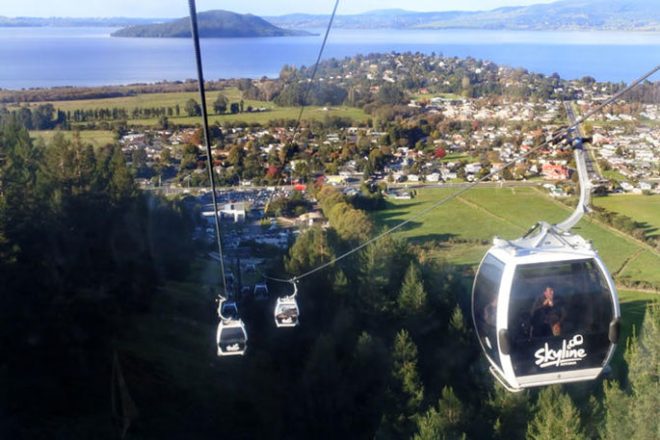뉴질랜드 관광 산업의 여름 시즌은 성황리에 마감되었으며, 전국의 많은 기업들이 호조를 보였습니다.여름철 입국 및 지출에 대한 최종 데이터는 아직 발표되지 않았지만, 초기 징후를 보면 2019년 수준보다는 낮긴 하지만 성공적인 시즌이 될 것으로 보입니다.
비즈니스 혁신 고용부의 조사에 따르면 2023년 12월까지 한 해 동안 해외 방문객의 총 지출액은 99억 달러였습니다.아오테아로아 관광산업의 CEO인 레베카 잉그램 (Rebecca Ingram) 은 3월 말이면 해외 방문객과 현지 휴가객 모두에게 성수기가 끝난다고 말했습니다.그녀는 약간의 변동에도 불구하고 전반적인 정서는 긍정적이며 여름철은 계속해서 경제에 크게 기여할 것이라고 덧붙였습니다.
홀리데이 파크는 게스트 숙박이 200만 명에 달하며 역대 최고의 1월 실적을 기록했습니다.관광산업이 경제에 미치는 총 기여도는 높아 2023년 3월 말 연도에 377억 달러를 창출하고 국가 경제에 6.2% 를 기여했습니다.
몇몇 관광 사업자들은 성수기를 맞았다고 보고했습니다.투어 오퍼레이터 부시 앤 비치 (Bush and Beach) 의 벤 손튼 (Ben Thornton) 은 10월 이후 투어 예약이 꽉 찼다고 말했다.짚라인 회사인 에코짚 (EcoZip) 의 개빈 올리버 (Gavin Oliver) 도 북미 지역에서 좋은 후원을 받으며 멋진 시즌을 보냈다고 전했다.
또한 여름철에는 호비튼의 새로운 호빗 홀과 카이코우라의 새로운 짚라인 등 새로운 명소가 들어섰습니다.잉그램 (Ingram) 은 현지 휴가객들이 해외로 여행을 자주 가는 겨울을 대비하는 관광업체들에게 여름철은 매우 중요하다고 말했다.
관광 업계 최대 규모의 무역 행사인 트렌츠 (TRENZ) 는 5월에 열릴 예정이며 1,000명의 참석자가 참석할 것으로 예상됩니다.아오테아로아 관광청 (Tourism Industry Aotearoa) 이 주관하는 이 행사는 현지 관광 비즈니스를 수준 높은 해외 및 뉴질랜드 여행 구매자와 연결하는 것을 목표로 합니다.





























































